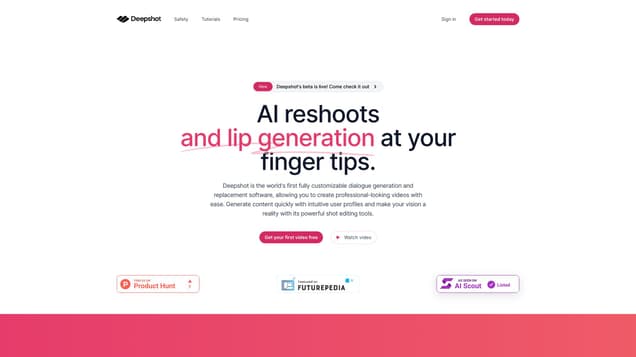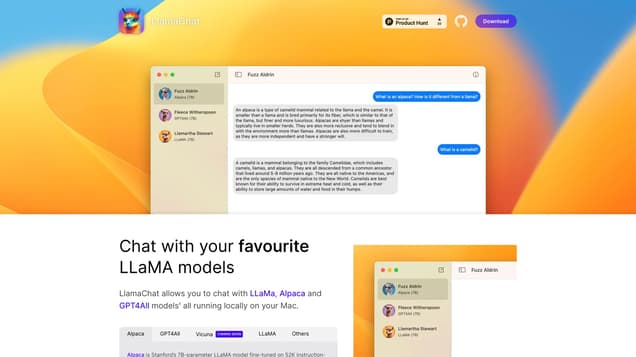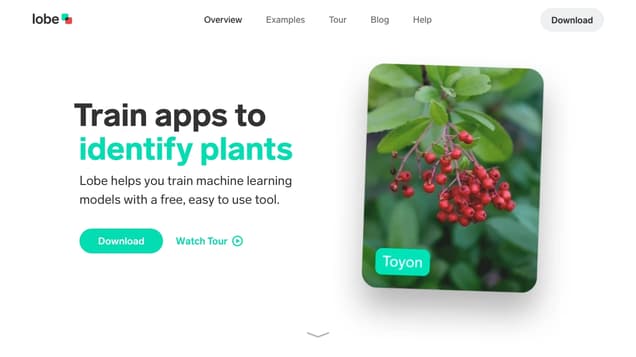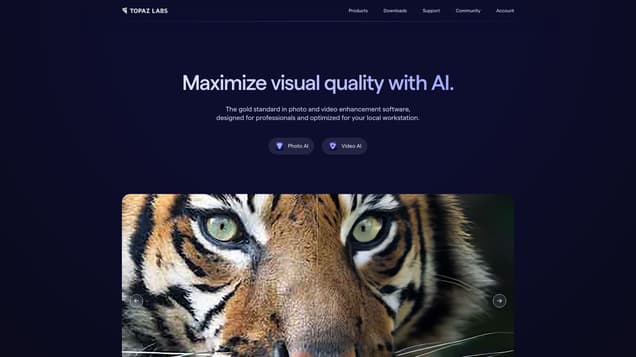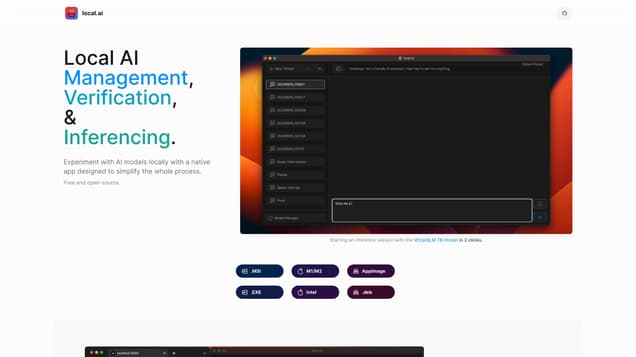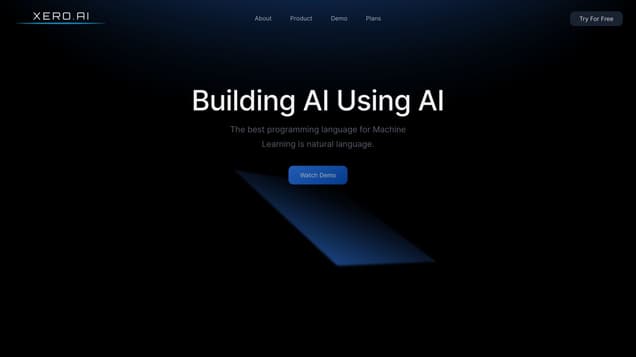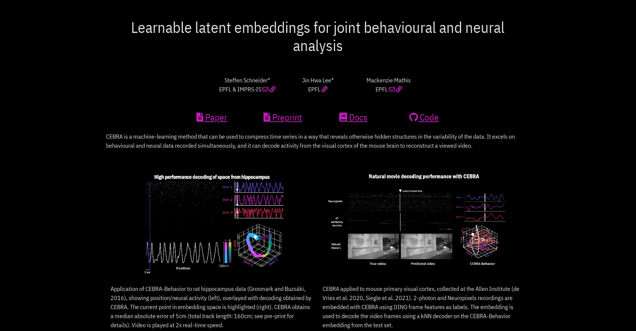
What is Cebra?
CEBRA is an advanced machine learning tool that scientists can utilize to unravel the mysteries surrounding behavior and neural activity. By employing state-of-the-art non-linear techniques, CEBRA generates consistent and high-performance latent spaces from joint behavioral and neural data collected simultaneously. This innovative approach enables researchers to establish connections between behavioral actions and neural activity, leading to a deeper comprehension of neural dynamics during adaptive behaviors and the identification of underlying behavior-related correlations. CEBRA's neural latent embeddings serve a dual purpose, allowing for both hypothesis testing and discovery-driven analysis. Moreover, this tool offers exceptional versatility, as users can easily customize parameters and settings to align with their specific research requirements. With its user-friendly interface and streamlined workflows, CEBRA ensures a straightforward and intuitive user experience. By leveraging CEBRA, scientists gain the ability to extract data-driven insights and uncover the concealed mechanisms governing behavior.
Information
- Price
- Contact for Pricing
Freework.ai Spotlight
Display Your Achievement: Get Our Custom-Made Badge to Highlight Your Success on Your Website and Attract More Visitors to Your Solution.
Website traffic
- Monthly visits4.63K
- Avg visit duration00:04:15
- Bounce rate52.40%
- Unique users--
- Total pages views13.15K
Access Top 5 countries
Traffic source
Cebra FQA
- What is the purpose of CEBRA?

- What type of data does CEBRA excel on?

- What can CEBRA decode?

- What is the median absolute error obtained by CEBRA in the rat hippocampus data?

- What datasets can CEBRA be used on?

Cebra Use Cases
CEBRA is a machine-learning method that can be used to compress time series in a way that reveals hidden structures in the variability of the data. It excels on behavioural and neural data recorded simultaneously, and it can decode activity from the visual cortex of the mouse brain to reconstruct a viewed video.
CEBRA can be applied to rat hippocampus data to show position/neural activity and overlay decoding obtained by CEBRA. It achieves a median absolute error of 5cm in decoding.
CEBRA can be applied to mouse primary visual cortex data collected at the Allen Institute to embed 2-photon and Neuropixels recordings and decode video frames using a kNN decoder on the CEBRA-Behavior embedding from the test set.
CEBRA is a novel encoding method that jointly uses behavioural and neural data to produce consistent and high-performance latent spaces. It can be used for hypothesis testing or label-free analysis on calcium and electrophysiology datasets, across sensory and motor tasks, and in simple or complex behaviors across species.
CEBRA can be used for mapping space, uncovering complex kinematic features, producing consistent latent spaces across 2-photon and Neuropixels data, and providing rapid, high-accuracy decoding of natural movies from the visual cortex.

